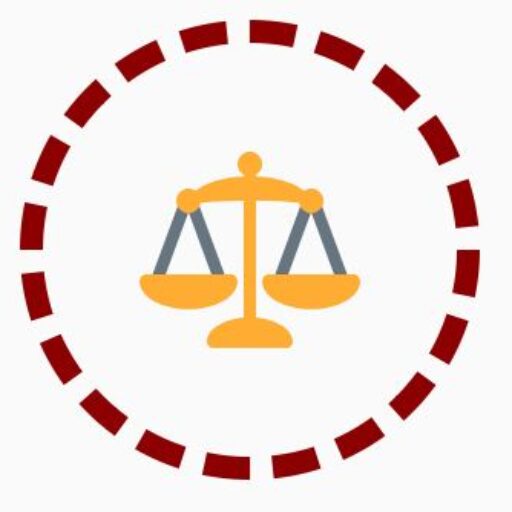Litigation refers to the process of resolving disputes through the court system, while appeals involve challenging a court’s decision in a higher court. Together, they ensure legal disputes are fairly adjudicated and errors in rulings are corrected.
Key Components:
- Litigation Process:
- Pleadings: Parties file complaints, answers, and counterclaims to outline disputes.
- Discovery: Exchange of evidence (documents, depositions, interrogatories).
- Pre-Trial Motions: Requests to dismiss or limit claims (e.g., motion to dismiss).
- Trial: Presentation of evidence, witness testimony, and arguments before a judge/jury.
- Judgment: Final decision by the court (e.g., damages awarded, case dismissed).
- Appeals Process:
- Appeal Filing: A losing party (appellant) petitions a higher court to review the trial court’s decision.
- Briefs & Arguments: Written and oral arguments focus on legal errors (e.g., incorrect jury instructions, evidence mishandling).
- Decision: Appellate court may affirm, reverse, or remand (send back) the case for further action.
urpose:
- Ensure fair application of the law and due process.
- Correct judicial mistakes impacting rights or outcomes.
- Maintain public confidence in the legal system.
Examples:
- A business sues for breach of contract (litigation); the losing side appeals, arguing improper evidence exclusion.
- A criminal defendant appeals a conviction, claiming ineffective legal counsel.
Key Differences:
- Litigation: Fact-driven (what happened).
- Appeals: Law-focused (how the law was applied).
Sources:
- Statutes: Rules of civil/criminal procedure.
- Case Law: Precedents from appellate courts.
- Court Rules: Deadlines, filing requirements.
Litigation and appeals form the backbone of judicial accountability, balancing resolution with fairness. While litigation resolves conflicts, appeals safeguard against injustice, ensuring the legal system remains robust and equitable.
